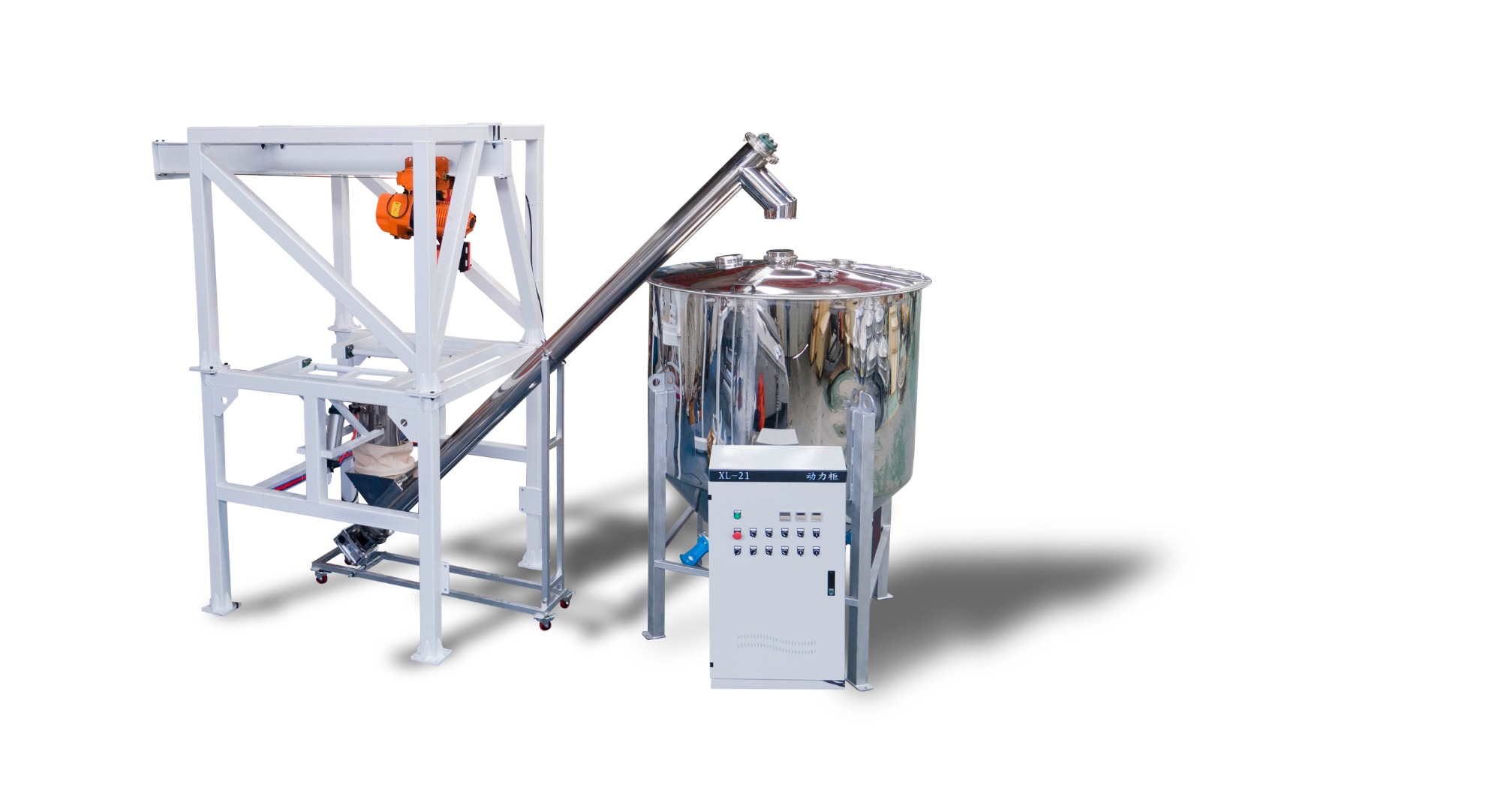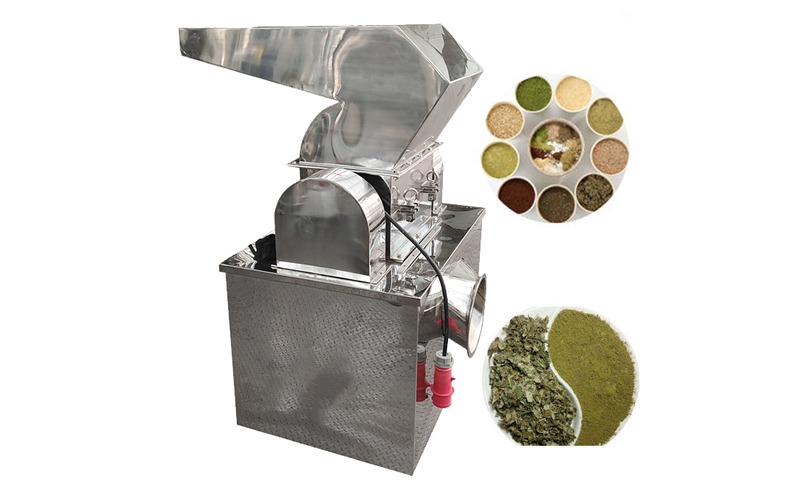In industries where bulk materials drive production—think chemicals, food processing, or construction—efficiency can make or break your bottom line. Handling large volumes of material stored in ton bags (also called FIBCs or big bags) is a critical step that often determines workflow speed and safety. Enter the ton bag unloading station: a specialized solution transforming how businesses manage bulk material unloading. If you’re a procurement manager or engineer looking to optimize operations, this guide dives into what these systems do, why they matter, and how they’re evolving to meet modern demands.
What Is a Ton Bag Unloading Station?
A ton bag unloading station is a purpose-built system designed to empty bulk bags—typically holding 500 to 2,000 kg of material—into downstream equipment like hoppers, conveyors, or processing lines. It replaces slow, manual methods with a fast, controlled process that minimizes waste and maximizes safety.
How It Works
The system operates in a few efficient steps:
-
Bag Placement: A hoist or forklift lifts the ton bag onto the station’s frame.
-
Secure Connection: The bag’s spout locks into a discharge chute, often with dust-tight seals.
-
Material Release: The contents flow out, assisted by features like vibrators or pneumatic aids if needed.
-
Containment: Built-in dust collectors ensure a clean, compliant workspace.
This setup delivers streamlined bulk material discharge, making it indispensable for high-volume industries.
Key Benefits for Your Operation
Why consider a ton bag unloading station? Here’s what it brings to the table:
-
Time Savings: Automating unloading slashes labor hours, letting you process more material faster.
-
Enhanced Safety: Reduce worker exposure to heavy lifting and airborne particles with ergonomic, enclosed designs.
-
Material Efficiency: Precise discharge cuts spillage, saving money on lost product.
-
Versatility: Handle everything from powders to pellets with one system, adapting to your needs.
-
Regulatory Compliance: Meet health, safety, and environmental standards effortlessly with advanced features.
For companies prioritizing efficient bulk handling solutions, these advantages add up to better performance and lower costs.
Real-World Applications
Ton bag unloading stations excel across diverse industries. Here’s how they’re making a difference:
-
Agriculture: A grain processor sped up unloading by 25%, boosting daily output with a dust-controlled station.
-
Chemicals: A fertilizer plant used an explosion-proof model to safely handle volatile compounds, passing strict inspections.
-
Food Production: A spice manufacturer adopted a stainless-steel system for hygienic unloading, ensuring product purity.
These examples highlight the power of tailored bulk unloading systems to solve specific challenges.
Choosing the Right Ton Bag Unloading Station
Selecting the best system requires matching it to your operation. Ask yourself:
-
What’s Your Material?: Sticky powders may need flow aids, while free-flowing granules might not.
-
How Much Volume?: High-throughput sites benefit from automated or dual-bag designs.
-
Space Constraints?: Compact or modular units fit smaller facilities perfectly.
-
Special Needs?: Look for food-grade finishes or ATEX-certified options for hazardous materials.
-
Budget vs. Longevity?: Balance upfront costs with durable, low-maintenance builds.
A well-chosen station ensures consistent bulk material processing tailored to your workflow.
Industry Trends Shaping the Future
The world of bulk handling is evolving, and ton bag unloading stations are keeping pace. Here’s what’s trending:
-
Automation: Sensors and PLC integration enable real-time monitoring and hands-free operation.
-
Sustainability: Energy-efficient motors and recyclable components align with green initiatives.
-
Flexibility: Modular designs allow quick swaps of features like dust filters or discharge rates.
-
Safety Upgrades: Enhanced containment and anti-static options tackle rising regulatory demands.
These innovations position ton bag unloading stations as next-generation bulk handling tools, ready for future challenges.
Tips to Maximize Your Investment
Get the most from your system with these practical steps:
-
Train Staff: Ensure operators know the ins and outs to avoid errors and prolong equipment life.
-
Maintain Regularly: Check seals, filters, and motors to prevent unexpected breakdowns.
-
Optimize Settings: Adjust flow rates or aids to match your material’s behavior.
-
Seek Expertise: Work with suppliers who offer installation support and ongoing advice.
These habits turn your station into a reliable bulk processing asset for years to come.
Take Control of Your Bulk Handling Today
Ton bag unloading stations aren’t just equipment—they’re a competitive edge. By streamlining unloading, enhancing safety, and adapting to industry shifts, they empower businesses to thrive in a demanding market. Ready to elevate your bulk material management? Explore our range of advanced unloading stations and connect with us for a personalized solution. Let’s make your operation smarter, safer, and more efficient together.











